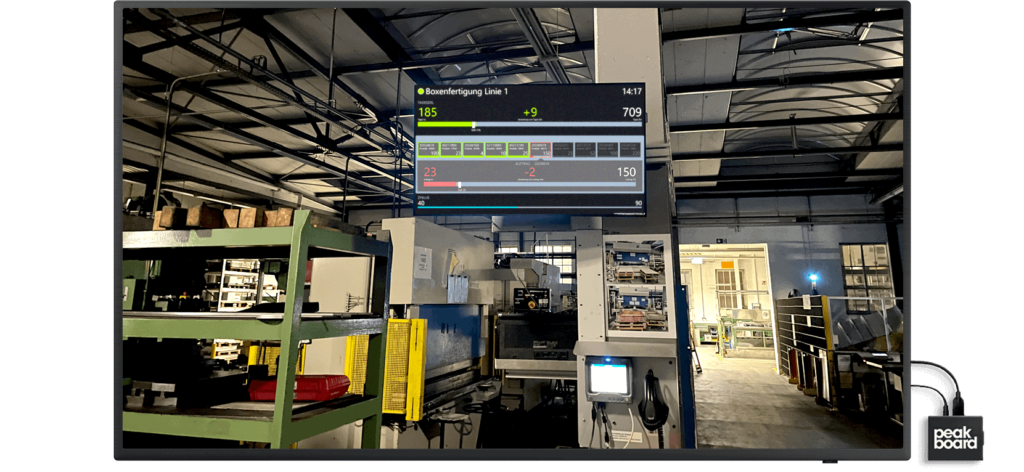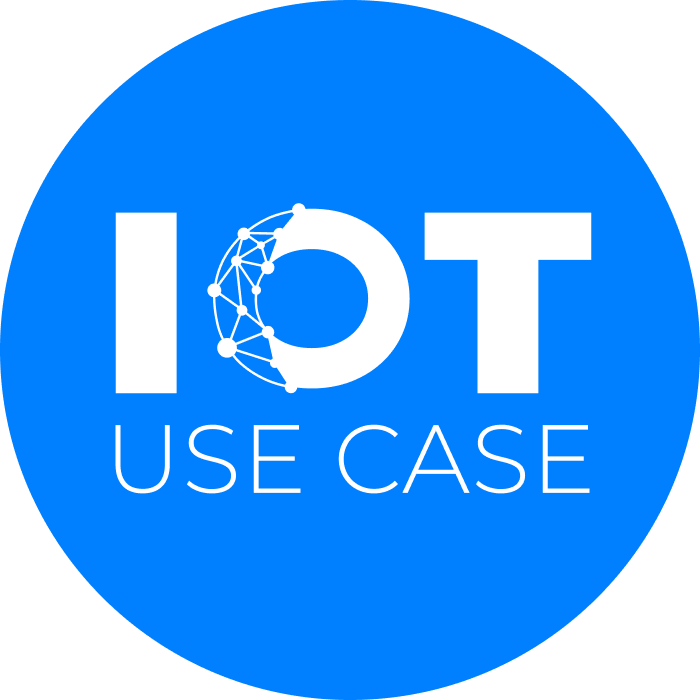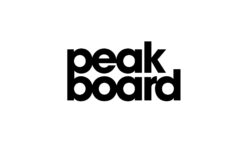Visualize different data in real time – this helps to track and optimize processes. In production, however, machine data is often not even available digitally, while the company works with ERP software elsewhere as a matter of course. Integrating these various data sources is often beyond the capacity of IT teams or lean managers.
The challenge: visualize data from different sources without interfering with the PLC
The light-metal construction company ZARGES produces boxes as well as packaging, transport and special solutions made of aluminum. At the headquarters in Weilheim, there are two robot lines for welding and punching. To optimize their utilization, the company was looking for a way to display cycle times on dashboards. For better lean management, the flow of products should be counted and downtimes made transparent without having to intervene in the PLC control. Production data should be visualized in real time so that employees can keep an eye on ongoing processes at all times. In addition to just displaying the data, it was important to be able to write back to an SQL database for long-term storage and processing via BI systems in order to fully map and optimize production. The task was to merge data from different systems. Some of the data to be mapped came from Excel and SAP, and was therefore entered manually in the past. In addition, simplicity of implementation and use was targeted.
The solution: Display data in real time and process it automatically
The company decided to use Peakboard, an all-in-one solution consisting of software and hardware. First, a retrofit was carried out on the machines with the “Peakboard Edge” component in order to have the machine data available in digital form. This allowed information to be input and output directly via external devices such as switches, barcode scanners, photoelectric sensors or signal lights. In the present case, a light barrier was used. No intervention in the plant control system is required for this and therefore no new CE certification is required. Peakboard Edge does not communicate via a display, but is always connected to a “Peakboard Box” on which the logic of data processing and visualization is executed. This box is a mini-computer, consisting of a single circuit board, protected by a sturdy aluminum housing. The connections are soldered robustly on the board. Since the case also serves for heat dissipation, an additional fan is unnecessary.
Many standards are offered in the SAP environment. Due to the user-friendliness of Peakboard Designer, no programming skills are required on the part of the user. All components communicate in encrypted form, the user decides when and with which data sources communication takes place. Each PeakboardBox can be assigned any number of different users and rights.
Finally, the PeakboardBox transfers the finished dashboard to a monitor that displays the data from the previously defined data sources in real time and fully automatically. The entire solution does not require Internet access, but runs entirely on the local LAN network.

The result: Deep insights for optimized production
The Peakboard solution was implemented in a few days. The products are detected one after the other by two photoelectric sensors, which feed the information into the system. Dashboards refresh every two to ten seconds. Other monitors visualize additional SAP order data and logistics data in real time. The new solution was well received by employees, who can now discuss relevant details for optimizing production that they did not see before The high degree of process transparency allows the company to track processes precisely. The production flow runs more evenly and the utilization of the robots has harmonized significantly. Because the company did not have to intervene in the PLC control of the robots, the warranty of the robot manufacturer as well as the receipt of the CE mark is still valid – another important advantage. With the solution, production data can not only be visualized in real time, but also written back to the database. The interaction results in a low-investment digitization of machines and processes.
Here’s where you can find more information at Peakboard





